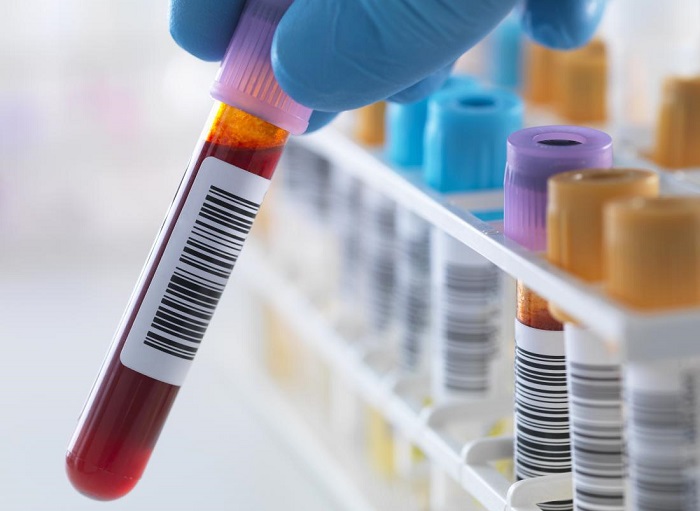Right now, our best method for detecting cancer is a biopsy - cutting out a small piece of the tumour tissue for lab analysis. But biopsies are often painful and invasive, and you need to already have a tumour or at least a suspect tumour to cut something out of it.
That's why scientists have been working on devising blood tests that can do the same thing without any surgery, and with the promise of delivering a diagnosis much earlier.
Finding cancer in the blood is possible when scientists focus on DNA fragments shed into the bloodstream by tumours. This is called circulating tumour DNA (ctDNA).
In recent years, scientists have been working on finding the best method for detecting ctDNA, using samples from patients who already have diagnosed cancer.
The latest study, which was just presented at the 2017 meeting of the American Society of Clinical Oncology (ASCO), has turned up the dial on what scientists can find when they scan for ctDNA.
"Our findings show that high-intensity circulating tumour DNA sequencing is possible and may provide invaluable information for clinical decision-making, potentially without any need for tumour tissue samples," says lead researcher Pedram Razavi from Memorial Sloan Kettering centre.
The team used blood and tissue samples from 124 metastatic breast cancer, lung cancer, and advanced prostate cancer patients.
They scanned the samples for 508 different gene mutations, going over the specific regions of the genome up to 60,000 times. According to the scientists, this method generates 100 times more data than other sequencing approaches.
To see whether the method could catch any tumour DNA floating around in the blood, the team compared the results with those from tissue samples and genetic material from the patients' own white blood cells.
"Our combined analysis of cell-free DNA and white blood cell DNA allows for identification of tumour DNA with much higher sensitivity, and deep sequencing also helps us find those rare tumour DNA fragments," says Razavi.
The researchers detected 864 genetic changes across all three types of cancers in the tissue samples, and found 73 percent of those in the blood tests as well.
In 89 percent of the patients, they found at least one mutation in both tumour tissue and in blood. For breast cancer, for which liquid biopsies are more established, the success rate was 97 percent.
A huge benefit of having sensitive ctDNA tests is the chance of finding cancer years earlier than is possible with a biopsy, catching it before it has time to spread through the body.
The new method was developed with researchers from Grail, a genomics company dedicated to early cancer detection, backed by philanthropic funding from people like Jeff Bezos and Bill Gates.
Grail's Mark Lee, who was one of the study co-authors, told Reuters that the company is now planning to use this new test to gather large-scale data from hundreds of thousands of people, both with and without cancer.
While the results are promising so far, the team will be needing a lot more research before this technology becomes an early detection tool that we all can benefit from in a routine check-up.
"It's an important first step. We show that what we call a high-intensity approach works," Razavi told Reuters.
More about: #BloodTest
















































